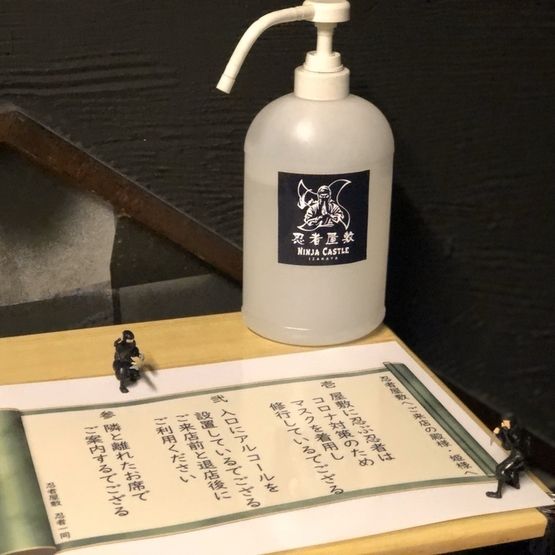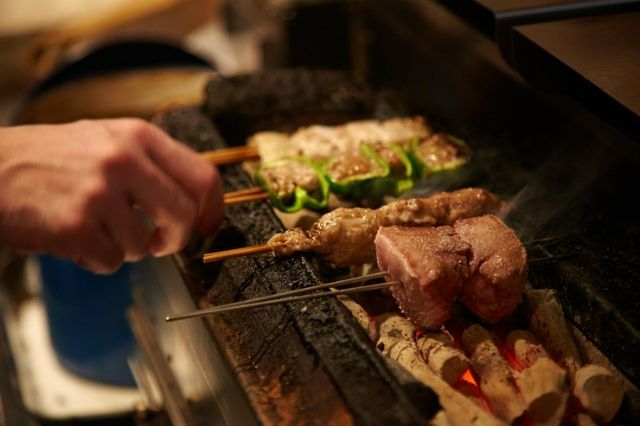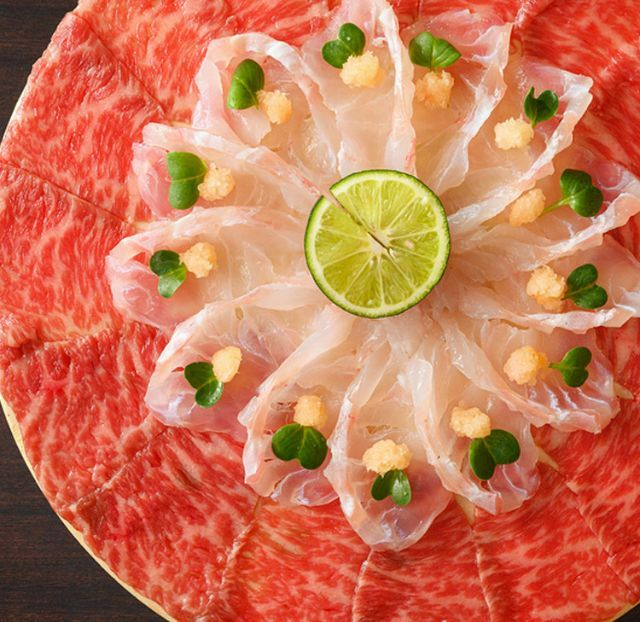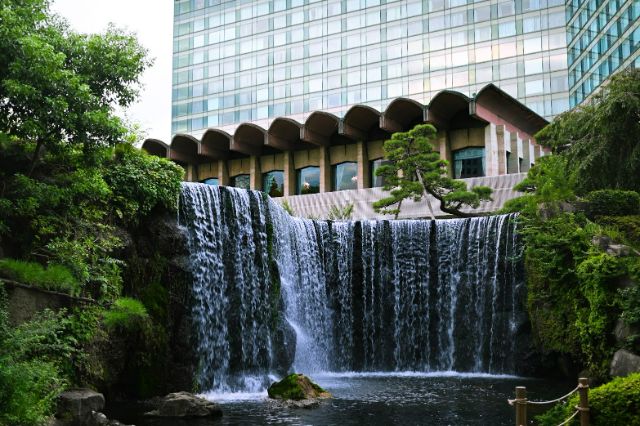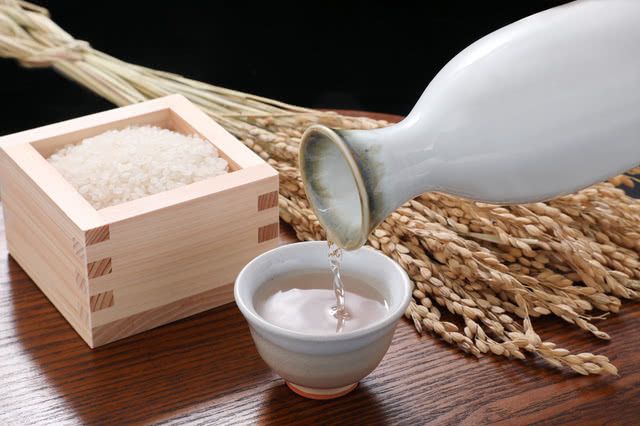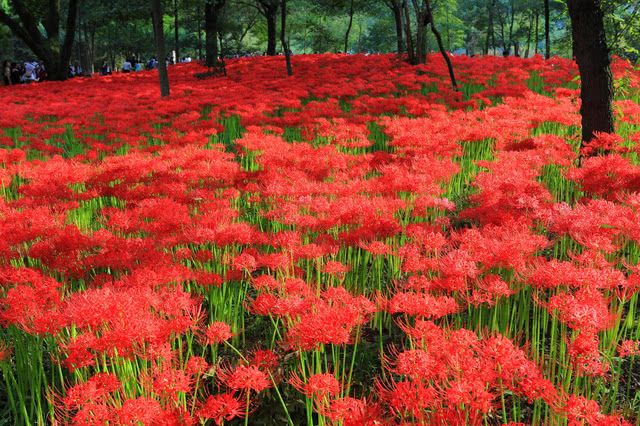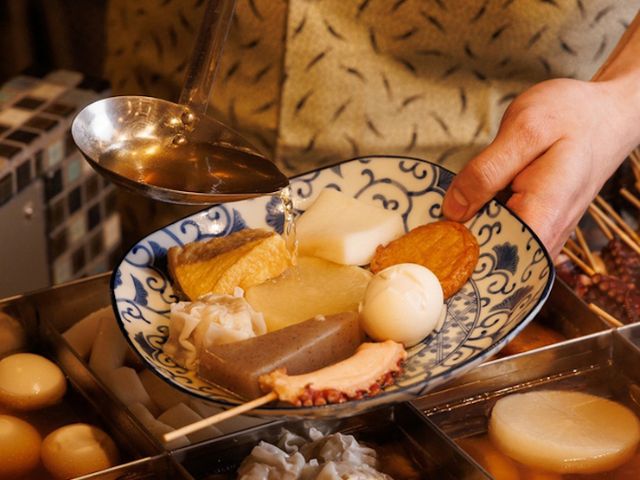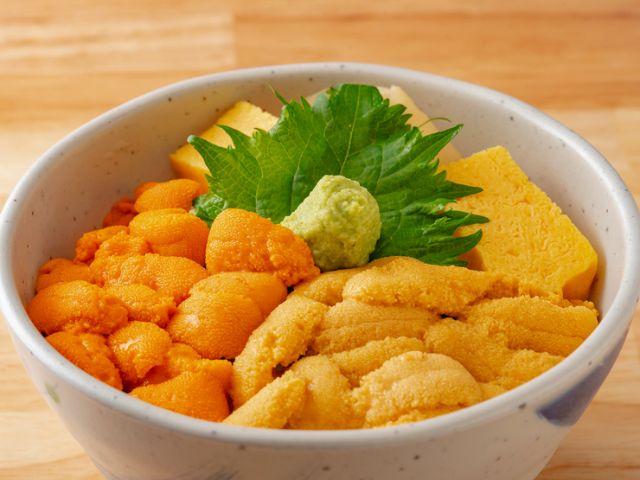The Mid-Autumn Festival in Tokyo: Best Spots for Admiring the Moon View
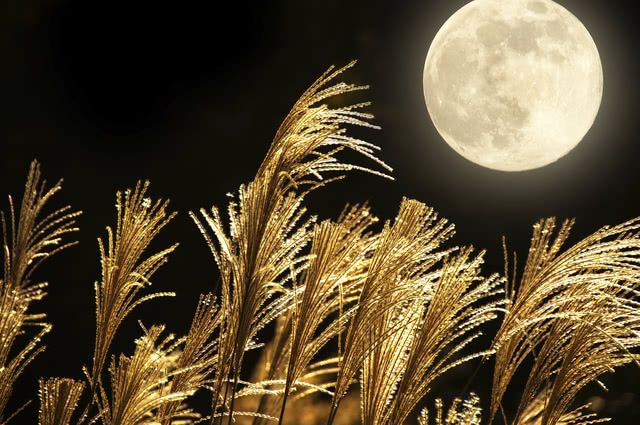
What Is the "Mid-Autumn Festival"?
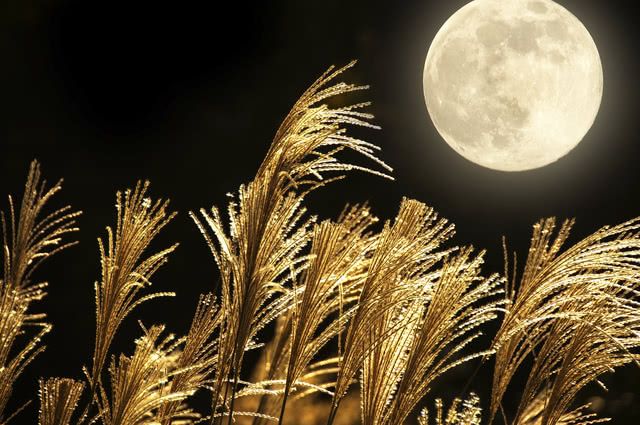
The Japanese term for the Mid-Autumn Festival is actually mid-autumn moon. This refers to the moon on the 15th day of the 8th month in the lunar calendar.
According to the lunar calendar, the months of July through September are classified as autumn, and since August 15 falls in the middle of this season, it is called "mid-autumn." Moreover, over a span of 15 days, the moon progressively waxes and wanes from a new moon to a full moon. In the lunar calendar, the day of the new moon was designated as the first day of each month based on the phases of the moon. As a result, the 15th day of the lunar calendar corresponds to the (almost) full moon. Due to the belief that autumn showcases the moon at its best, the moon on the 15th day of the 8th lunar month got the special name "mid-autumn moon."
Moon-viewing is a custom from China. In Japan, moon-viewing parties were originally hosted at the palaces where emperors resided starting at the end of the 9th century. In this way, since ancient times, the Mid-Autumn Festival has been celebrated with elegance. People composed waka poems (a form of traditional Japanese poetry) while gazing at the moon and observing its reflection in ponds.
When Is Mid-Autumn in Japan?

By the way, it is widely acknowledged that the moon exhibits its most captivating beauty during the Mid-Autumn Festival, but have you ever wondered why? The phenomenon is actually attributed to both the autumnal atmosphere and the moon's position in the sky. In Japan, autumn brings in traveling anticyclones—a large-scale circulation of winds around a central region of high atmospheric pressure—that dry the air, resulting in clear skies with little moisture or dust. Additionally, as the moon approaches a higher position in the sky during winter and a lower position during summer, autumn becomes the ideal season for moon viewing, as the moon's elevation is just right for optimal appreciation.
What to Do During the Mid-Autumn Festival?
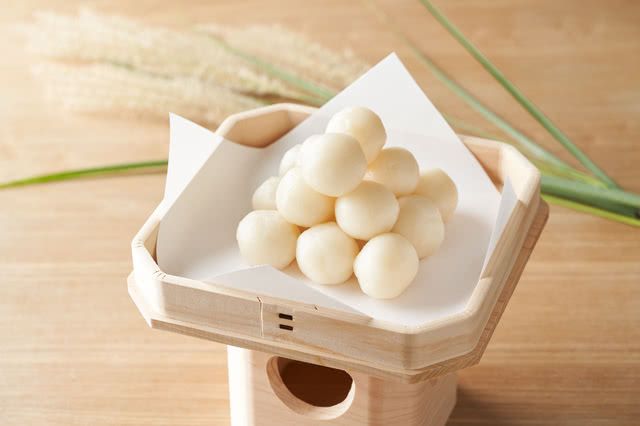
Furthermore, given that the Mid-Autumn Festival coincides with the potato harvest season, offerings of taro and sweet potatoes have become customary to celebrate the potato harvest. Grapes, too, find their place in these offerings, as their vines are believed to foster a favorable connection between the moon and humanity, bringing with them good fortune.
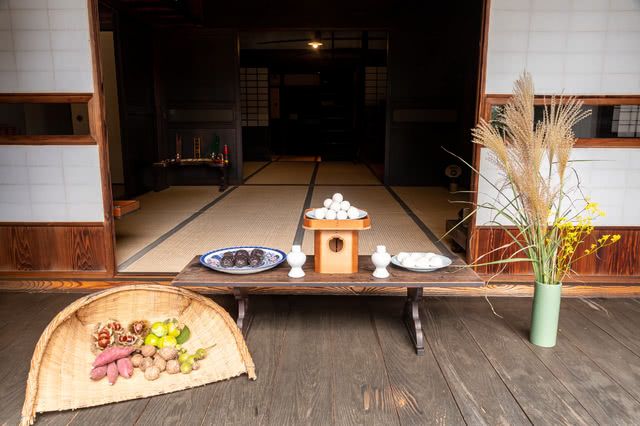
Recommended Moon Viewing Spots in Tokyo
Tokyo Tower
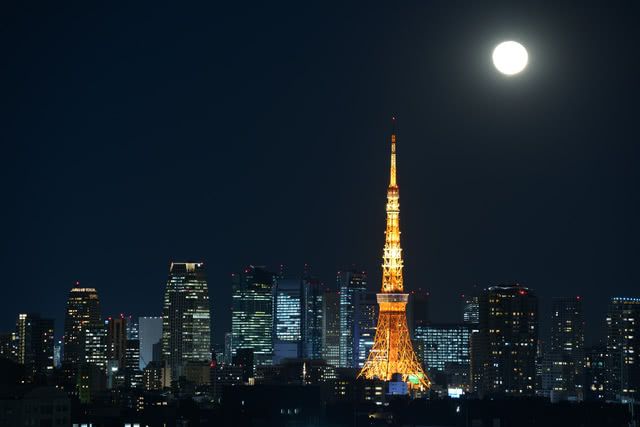
Every year on the day of the Mid-Autumn Festival, an event called the "Moon-Viewing Stair Walk" takes place, where participants can climb approximately 600 steps of an outdoor staircase to reach the Main Deck. The outdoor staircase, which is normally accessible from 9:00 am to 4:00 pm, is specially opened until 10:00 pm on this day.
Though the notion of tackling nearly 600 steps might sound daunting, the ascent can be accomplished in a mere 15 minutes. On the event day, there are rest stops along the way with dumplings and silver grass on display, allowing you to also enjoy the culture behind the Mid-Autumn Festival.
For updates regarding the event, please refer to the official website!
Tokyo Skytree
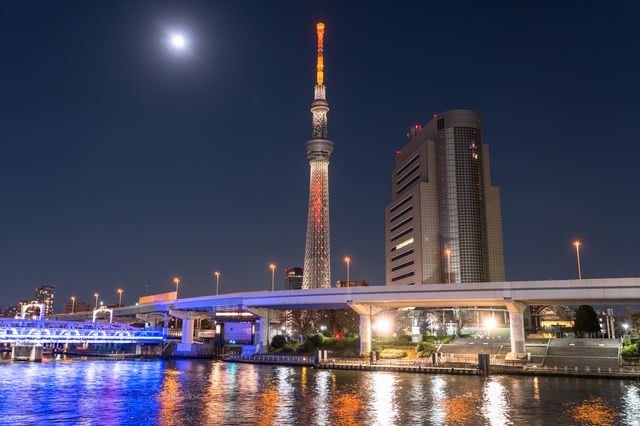
The spectacle of the moon from Japan's tallest structure is simply awe-inspiring! Why not indulge in a lavish moon-viewing encounter while also relishing the city's nocturnal expanse at Tokyo Skytree?
Mukojima Hyakkaen Garden
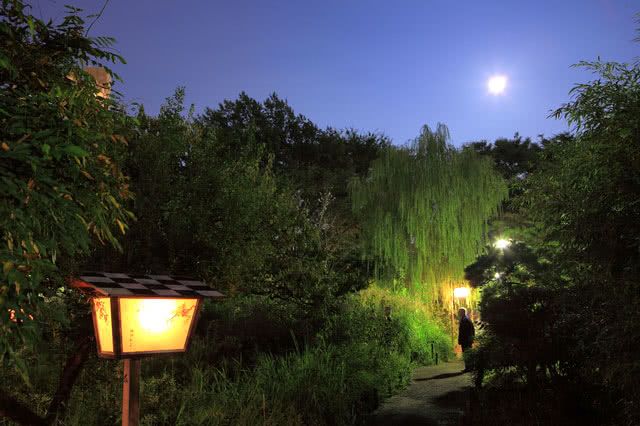
The "Tsukimi no Kai" (moon-viewing party), held annually for three days before and after the Mid-Autumn Moon, stands as a time-honored tradition tracing its roots back to the Edo period (1603-1868). Throughout this event, the garden extends its operating hours until 21:00, in contrast to the usual closing time of 17:00. This extension allows visitors to relish the enchanting nighttime panorama of the garden, illuminated by both moonlight and lanterns.
Date and time: Thursday, September 28 - Saturday, September 30, 2023, 9:00 - 21:00 (last admission at 20:30)
Recommended Restaurants for Dinner in Tokyo
XEX ATAGO GREEN HILLS / Salvatore Cuomo Bros. (Onarimon / Italian)
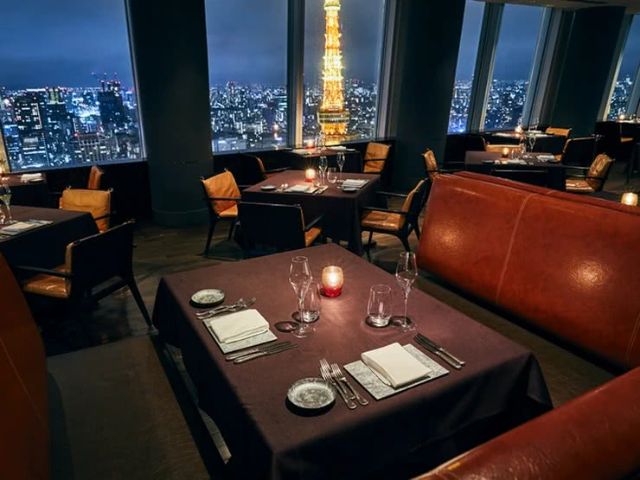
Moreover, within the premises, you'll find [tempura & sushi An], an enclave for Japanese cuisine serving sushi and tempura, as well as [The BAR], promising a lavish and sophisticated experience for adults.
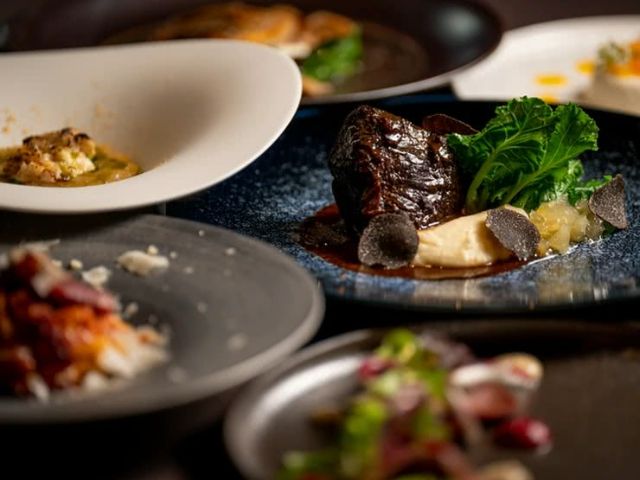
XEX ATAGO GREEN HILLS / Salvatore Cuomo Bros.
Closed: Irregular
Average price: [Dinner] 15,000 JPY / [Lunch] 5,500 JPY
Access: 4-minute walk from Exit A5 of Onarimon Station on the Toei Mita Line
Address: 42F, Atago Green Hills MORI Tower, 2-5-1, Atago, Minato-ku, Tokyo Map
More Details Reservation
Series the Sky (Tokyo Skytree / Chinese)
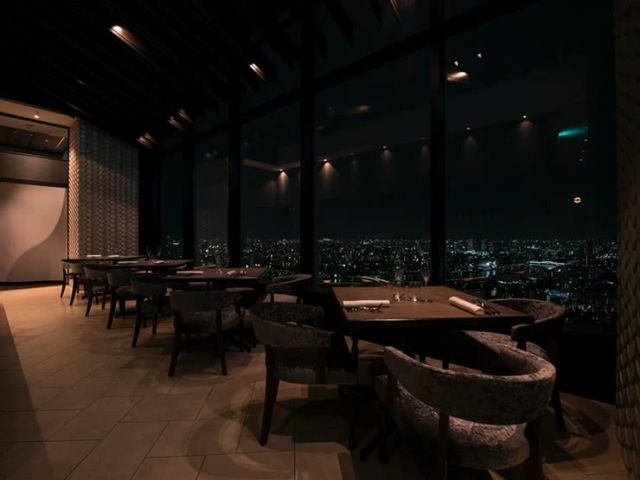
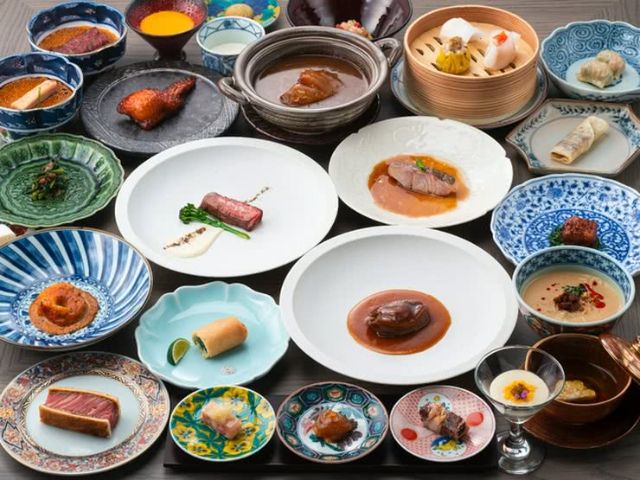
Series the sky
Closed: None
Average price: [Dinner] 15,000 JPY / [Lunch] 4,000 JPY
Access: Right in front of Tokyo Skytree Station's main entrance
Address: E3105, 31F, 1-1-2, Oshiage, Sumida-ku, Tokyo Map
More Details Reservation
Disclaimer: All information is accurate at time of publication.
Thank you for reading our article.
Our goal is to take your culinary journey to the next level by helping you find the best restaurant. With SAVOR JAPAN, you can search and make reservations for
the Chinese and Sushi restaurants found in and around Tokyo that fill your needs.
Discover more Chinese and Sushi restaurants by area
- Tokyo Area
- Near Tokyo
- Kyoto and Osaka Area
- Hokkaido Area
- Northern Honshu (Tohoku)
- Central Honshu (Chubu)
- Western Honshu (Chugoku)
- Shikoku
- Kyushu
- Okinawa and Ryukyu Islands
Discover more restaurants to eat Chinese Cuisine and Japanese Cuisine by area
Related Articles
New Articles
Categories
Cuisine
- Bars (23)
-
Japanese Cuisine (677)
- Kaiseki (46)
- Nabe (19)
- Okonomiyaki (24)
- Shabu Shabu (37)
- Soba (18)
- Sushi (137)
- Tempura (19)
- Teppanyaki (46)
- Shojin Ryori (3)
- Tonkatsu (11)
- Kushiyaki (10)
- Yakitori (44)
- Sukiyaki (35)
- Japanese Cuisine (342)
- Oyster (2)
- Sashimi/ Seafood (20)
- Unagi (eel) (31)
- Motsu Nabe (offal hotpot) (6)
- Mizutaki (chicken hot pot) (3)
- Oden (8)
- Kaisendon (seafood bowl) (9)
- Udon (2)
- Taverns(Izakaya) Cuisine (124)
- Western Cuisine (42)
- Italian/French Cuisine (95)
- Yakiniku/Steak (225)
- Chinese Cuisine (26)
- Ramen (Noodles) Cuisine (25)
- Cafe/Sweets (60)
- Other Asian Cuisine (5)
- Global/International Cuisine (7)
- Alcohol (45)
- Other (11)
Area
- Shikoku (10)
- Kyoto and Osaka (344)
-
Tokyo (458)
- Tokyo (284)
- Ginza (43)
- Roppongi (22)
- Shibuya (26)
- Shinjuku (46)
- Asakusa (20)
- Ebisu (12)
- Tsukiji (10)
- Tokyo Landmarks (4)
- Ueno (23)
- Akihabara (9)
- Ikebukuro (12)
- Jiyugaoka, Denenchofu, Nakameguro (9)
- Shimokitazawa (4)
- Kichijoji (3)
- Tachikawa (1)
- Omotesando, Harajuku, Aoyama (18)
- Akabane (1)
- Kagurazaka (4)
- Akasaka (10)
- Odaiba (1)
- Tsukishima, Harumi, Toyosu (3)
- Near Tokyo (100)
- Okinawa and Ryukyu Islands (58)
- Hokkaido (124)
- Northern Honshu (Tohoku) (31)
- Central Honshu (Chubu) (144)
- Western Honshu (Chugoku) (32)
- Kyushu (92)
Archives
- December 2025(8)
- November 2025(4)
- October 2025(3)
- September 2025(6)
- August 2025(11)
- July 2025(19)
- June 2025(18)
- May 2025(34)
- April 2025(43)
- March 2025(30)
- February 2025(36)
- January 2025(26)
- December 2024(69)
- November 2024(31)
- October 2024(15)
- September 2024(39)
- August 2024(65)
- July 2024(31)
- June 2024(54)
- May 2024(61)
- April 2024(28)
- March 2024(31)
- February 2024(42)
- January 2024(32)
- December 2023(20)
- November 2023(5)
- October 2023(11)
- September 2023(7)
- August 2023(18)
- July 2023(8)
- June 2023(8)
- May 2023(18)
- April 2023(15)
- March 2023(1)
- January 2023(1)
- April 2022(2)
- March 2022(2)
- February 2022(1)
- January 2022(1)
- July 2021(1)
- March 2021(1)
- February 2021(1)
- December 2020(1)
- October 2020(1)
- September 2020(2)
- August 2020(10)
- July 2020(6)
- June 2020(9)
- May 2020(11)
- April 2020(8)
- March 2020(8)
- February 2020(13)
- January 2020(9)
- December 2019(24)
- November 2019(8)
- August 2019(14)
- July 2019(15)
- June 2019(18)
- May 2019(17)
- April 2019(16)
- March 2019(22)
- February 2019(22)
- January 2019(26)
- December 2018(34)
- November 2018(40)
- October 2018(32)
- September 2018(11)
- August 2018(8)
- July 2018(6)
- June 2018(9)
- May 2018(10)
- April 2018(21)
- March 2018(74)
- February 2018(39)
- January 2018(26)
- December 2017(59)
Keywords
- Omakase
- Accessible
- Affordable
- All-You-Can-Eat
- Amazing Scenery
- anime
- Art
- Autumn
- Awards
- Beer Gardens
- Breakfast
- Chef Recommendations
- Cherry Blossoms
- Chinese
- Close To Station
- Condiments
- Counter
- Coupon
- Crab
- Culture
- Dassai
- Dates
- delivery
- Early Summer
- Editor's Recommendation
- English Available
- Event
- Expo
- Fall Leaves
- Family-Friendly
- Famous Restaurant
- Famous Tourist Spot
- Fast Food
- festival
- fireworks
- Flower Farm
- Free Wi-Fi
- French
- Great Location
- Guide
- Hibachi
- hotpot
- How To
- hydrangea
- Hygiene
- Illumination
- Italian
- Izakaya
- Japanese
- Japanese alcohol
- jingisukan
- Kaiseki
- Kappo
- Kushiage
- Kushikatsu
- Kyoto
- Late-Night
- Lunch
- Manners
- matsusakagyu
- Michelin
- mizutaki
- Model Course
- monjayaki
- motsunabe
- Mt.Fuji
- Multilingual Menus
- Nabe
- Narita Airport
- New Year
- Ninja
- Noodle
- Oden
- Okonomiyaki
- omotenashi
- Onsen
- Osaka
- Osaka Station
- Photogenic Site
- pizza
- PR
- Private Room
- Ramen
- ranking
- Recipe
- Regional Cuisine
- Resort
- Rice Bowl Dish (Donburi)
- sacred places
- Sake
- Sakura
- Sashimi
- sea urchin
- Setouchi Area
- Shabu Shabu
- sightseeing
- Signature Dish
- Soba
- Solo Diners Welcomed
- Spicy Food
- Spring
- Steak
- Summer
- Sunflower
- Sushi
- takeout
- Teppanyaki
- Terrace Seating
- Tokyo
- Tokyo Experiences
- Tokyo Skytree
- Tokyo Tower
- unagi
- UNESCO
- Vegan
- Vegetarian
- Wagyu
- What Popular Gourmet Sites Recommend
- Whisky
- Wine Bar
- Winter
- Wisteria
- Workshop
- World Heritage Site
- World Writers
- Yakiniku
- Yoshoku
- Yuba
- Zen
Discover Restaurants By Area
-
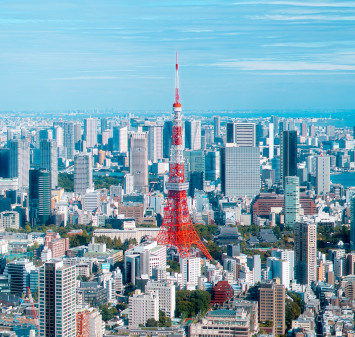
Tokyo Area
Japan's largest city, Tokyo, is the center of culinary culture in Japan. Countless Tokyo restaurants serve every kind of food imaginable and the Toyosu fish market keeps restaurants stocked with the nation's finest fish.
-

Near Tokyo
Coastal areas, mountains and valleys surrounding Tokyo are bursting with tourist destinations, such as hot springs and ski slopes, where many unique foods are only available locally.
-
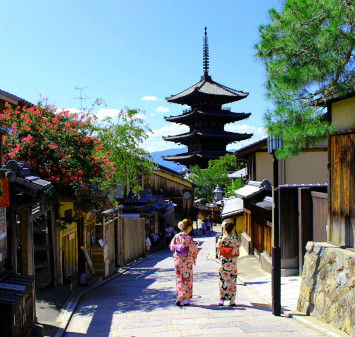
Kyoto and Osaka Area
The cities of Kyoto and Osaka, together with their surrounding areas, have greatly influenced Japan's culinary culture since the 7th Century. The region is renowned for its entertainment, Kobe beef, and wide-ranging traditional dishes.
-
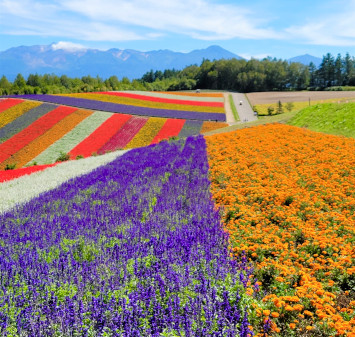
Hokkaido Area
The island of Hokkaido is home to wide-ranging produce of the finest quality, such as rice, meat, vegetables, fish and fruit. Popular dishes from Hokkaido include robatayaki (food slowly roasted on skewers) and Sapporo miso ramen.
-
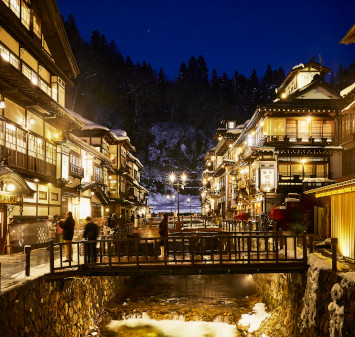
Northern Honshu (Tohoku)
The northern end of Japan's main island, Honshu, is renowned for its seasonal fruit and vegetables, nation-leading harvest of fish (especially tuna from Ohma), and delicious beef from Yonezawa, Sendai and Yamagata.
-
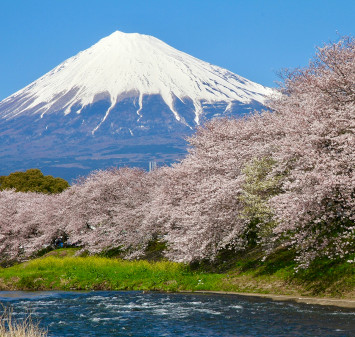
Central Honshu (Chubu)
Chubu is in the center of Japan's main island, Honshu, and its culinary culture reflects its position between Japan's western and eastern halves. Delicious Hida beef, world-famous Mount Fuji and many acclaimed sake breweries are in Chubu.
-
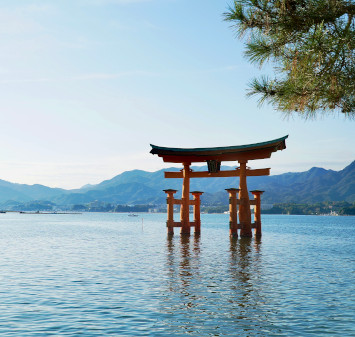
Western Honshu (Chugoku)
Chugoku, on the southwest of Japan's main island, is rich with diverse produce. Many of its products are praised as Japan's best, including Matsuba crabs from Tottori and oysters from Hiroshima. Its pears and muscats are also top grade.
-
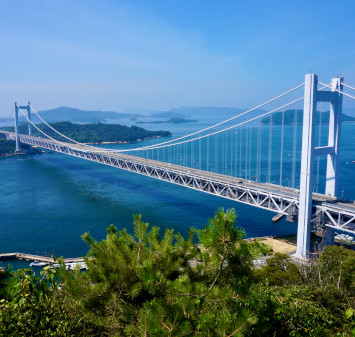
Shikoku
The mild climate of Shikoku is ideal for growing citrus fruit such as sudachi. Shikoku is also famous for Sanuki udon noodles, huge yields of tiger prawn from Ehime Prefecture and the best torafugu (tiger globefish) in the country.
-
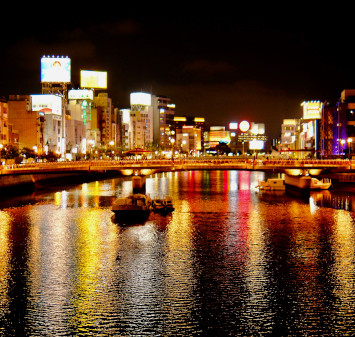
Kyushu
Western culture was first introduced to Japan through Kyushu, Japan's third largest island, where the influence of Portuguese and other western cuisine influenced the creation of a colorful culinary tradition.
-
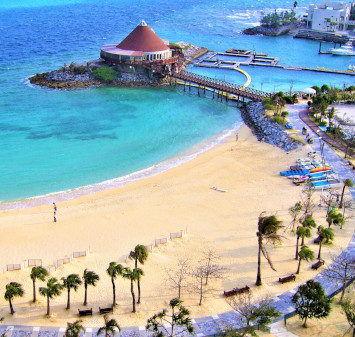
Okinawa and Ryukyu Islands
Okinawa, Japan’s southernmost prefecture, is a treasure trove of distinctive dishes and drinks that have become popular throughout Japan, including Okinawa soba, unique sushi toppings and Awamori distilled liquor.
